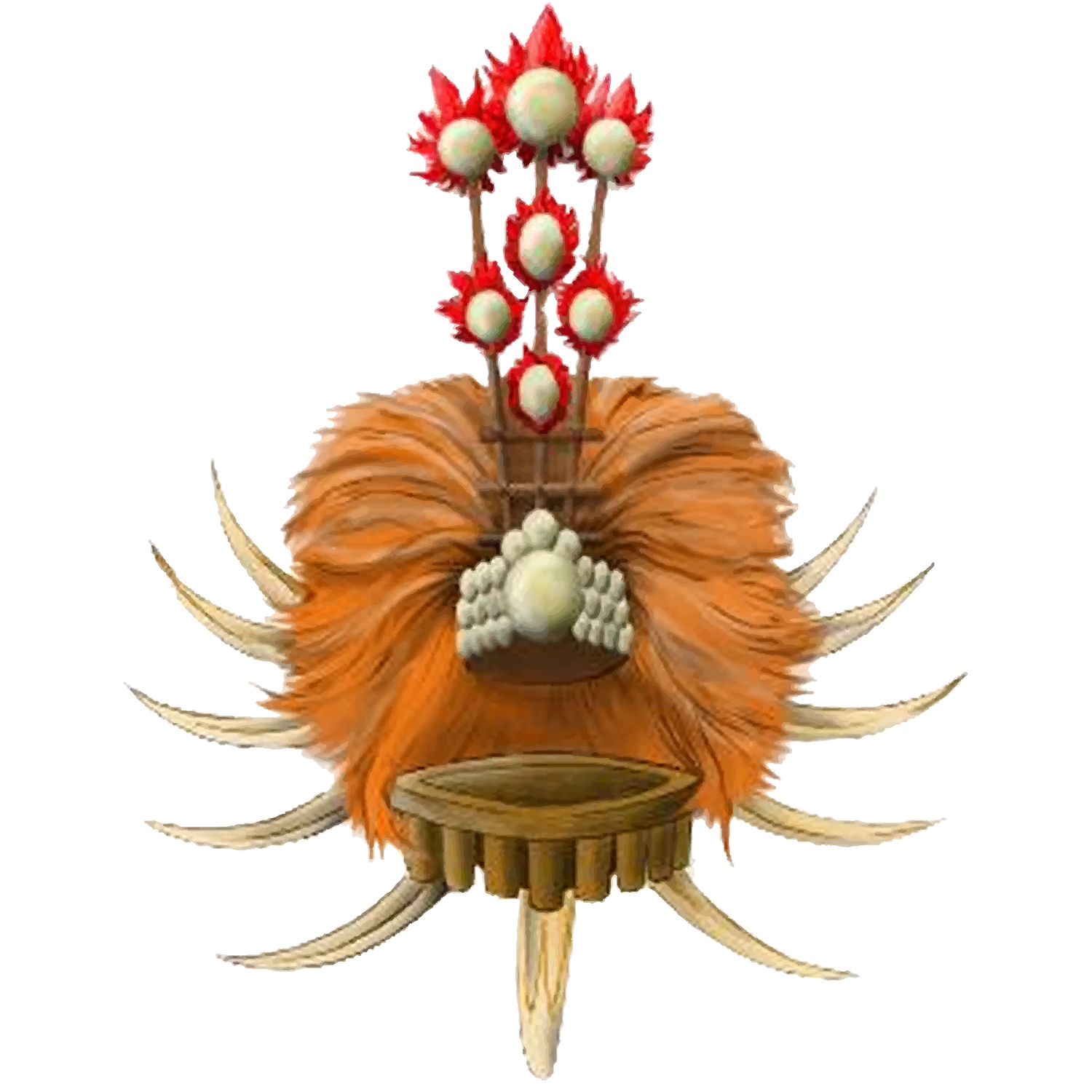about aua
Aūa is a village on Tutuila Island in American Samoa. It is located along American Samoa Highway 001, and is the southern terminus of American Samoa Highway 006. Aūa is located at the foothills of Mount Peiva on the eastern shore of Pago Pago Bay. The hamlet of Leloaloa is also a part of Aūa.
Corals off the village of Aūa have been the subject of what’s thought to be the world’s longest-running reef survey. It has attracted scientists from throughout the world every year since 1917. In 1917 Alfred G. Mayer from the Carnegie Institution for Science established what has now become the oldest periodically re-surveyed coral-reef transect in the world at Aua.
LEGEND
The village of Aūa in American Samoa is well known for its ceremonial field or malae, named Malaeopaepaeulupoo ("Field of stacked skulls"). Between the late 13th century to early 14th century, the cannibal chief Tuifeai, also known as Tuisamoa, the son of Tuifiti, lived in Malaeloa, which is adjacent to the village and ancient capital of American Samoa. (Tuisamoa is the title Malietoa gave him after he was born, from the union of the Tuifiti with Malietoa's sister). The Tuifeai required sacrifices of humans as his meal everyday, this tradition is called aso, or "the king's day".
Upon receiving his daily meal Tuifeai would take the skulls with him to the village of Aua, his refuge and stronghold from his enemies. Thus he ruled Tutuila as one of the reigning Paramount Chiefs. While Malietoa, Tuiaana and Tuiatua reigned in Upolu and Savaii, and Tuimanuʻa in Manuʻa, Tuifeai ruled in Tutuila. While in Aua Tuifeai would dress his ceremonial grounds in front of his "great house" with the skulls from his aso, as a boundary or border, intimidating anyone who dared defy him. The skulls acted as a wall or stacked border, signifying a sa ("sacred grounds"), indicating where no one was to approach.
Lutu and Solosolo of Sapunaoa, in the District of Atua (and sub-district of Falealili) sailed to Tutuila. Upon arriving in Leone, they trekked towards Taputimu through Vailoa. In Vailoa they found some of Tuifeai's warriors and battle raged. After slaying almost all of Tuifeai's troops, some having run off, they left one alive to report back to Tuifeai that they were here to have him taoiseumu ("cooked in an umu"). They then proceeded to Leala, in Taputimu, and chopped down the tautu tree where Tuifeai had his leftover victims hung. The salty seabreeze and sun made jerky out of his leftover humans.
Tuifeai fled up the mountains through Aasu (Aloau was down on the north shore then), and headed towards Aua. When Lutu and Solosolo were told, they sailed from Leone towards Aua. Upon entering the Malaeopaepaeulupoo, they prepared an umu, with anticipation of Tuifeai being cooked in it when he shows up. Instead of using a sasaʻe and ieofi for spreading and handling the hot rocks of the umu, they used their feet and bare hands. Tuifeai was a descendant of the Tuifiti (Fijian), who were well known as "fire walkers", walking barefoot on hot rocks during their ancient ritual dances, showing their bravery. Lutu and Solosolo were showing Tuifeai that they too were not afraid of fire. Word quickly spread of the umu a toa (umu of warriors).
Tuifeai never came back down from the mountain village route. Thus that district became known as Aitulagi ("ghost in the sky"). The two warriors patrolled the Fagaloa in their war outrigger soatau in case Tuifeai decided to return. After a while, they decided that Lutu would stay in Fagatogo, whom the Fagatogans requested, in order to guard them against Tuifeai, and for Solosolo to stay in Aua. They ripped the sail on their outrigger in two to seal their covenant. The sealing of the covenant became known as le launiu na saelua (the coconut frond ripped in two), and it historically changed the course of Samoan history – the warriors will not be sailing back home to Lufilufi (their sail being purposely ripped in two) and cannibalism will forever be abolished in Tutuila, their presence remaining.
Solosolo was bestowed the Paramount Chief title of Unutoa (unu being to reform or extract the human element out of the "aso", toa being "warrior, hero"), the "reformation warrior". Lutu retained the name Lutu in Fagatogo. Solosolo's kava-cup name in Lufilufi, whenever he decides to visit, is Moetoto ("slept bloody").
To this day a skull may be found when digging for a grave or a foundation for a house around the village of Aua. The name Paepaeulupoo is also the name of the village fautasi (longboat). Paepaeoulupoʻo and Paepaeala are the names of the village malae.

